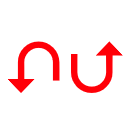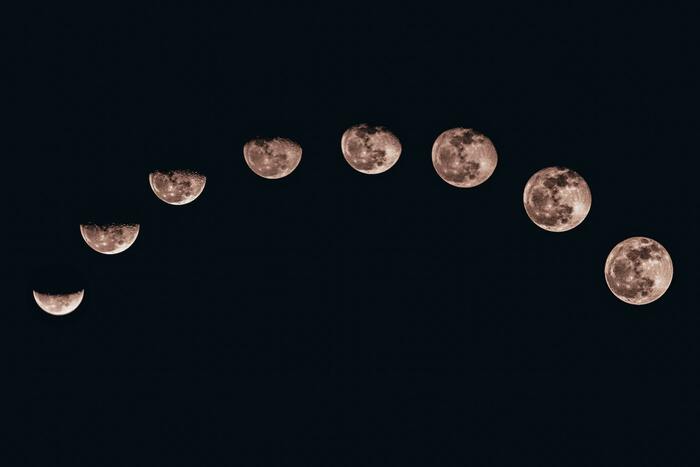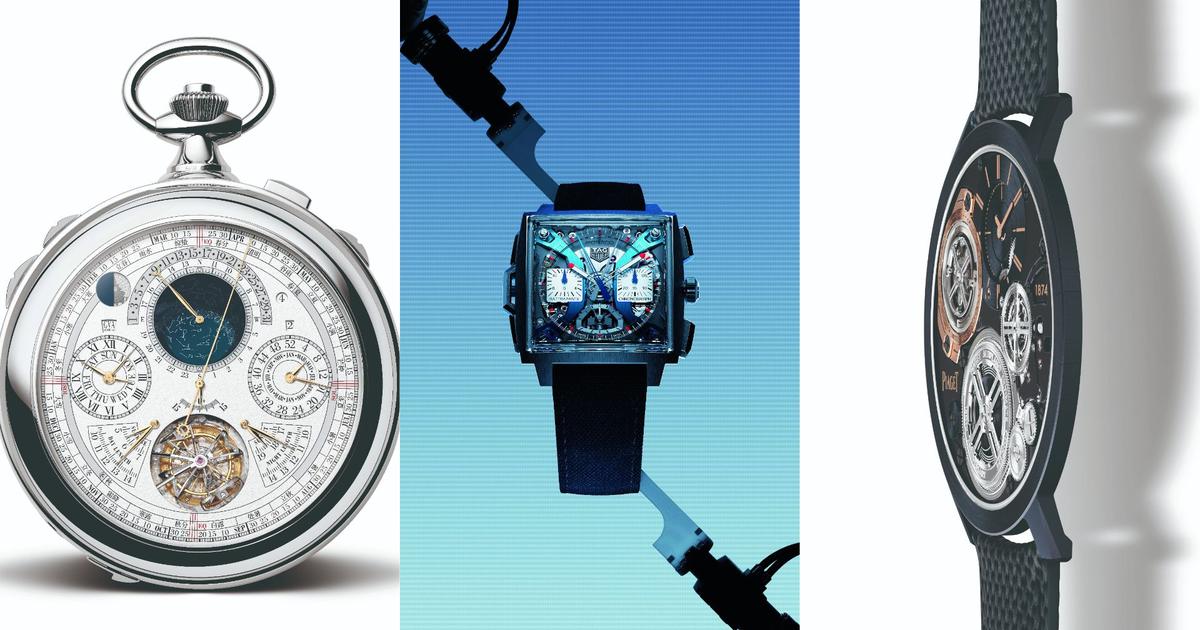The Moon needs a clock that marks the passage of time beyond the alternation between day and night, in order to be able to have a common reference for future lunar bases and for the first lunar Internet, LunaNet, which NASA is already developing with the help of the European Space Agency (ESA) and aims to become the first component of a network extended to the entire Solar System.
The first step towards establishing an official lunar time was taken in November 2022, when space agencies and academic organizations from around the world met at ESA's European Space Research and Technology Center (Estec) in Noordwijk in the Netherlands to start tackling the problem.
Indeed, the new era of lunar exploration poses a question that may seem small, but which is fundamental: how to measure time on the Moon.
"Regardless of the system that is chosen, we will certainly have to forget a lunar day marked as on Earth by the alternation between day and night, given that on the Moon it would last about 29 days", Filippo Levi, research director at the Institute, told ANSA National Metrology Research (Inrim).
"From this point of view, time will have to be marked in a similar way to that of Earth, especially thinking of future human colonies, which will need to maintain a regular sleep-wake cycle".
The Moon does not currently have its own independent time: the lunar missions each use their own time scale, linked to Coordinated Universal Time (UTC), the standard against which our planet's clocks are set.
But it is a relatively inaccurate method, "which not only does not allow the various missions to communicate and collaborate with each other - says Levi - but does not even allow the synchronization of experiments and activities".
The first decision primarily concerns the choice between a lunar clock designed to synchronize with UTC and one that is completely independent of terrestrial time.
"A clock synchronized with UTC would be preferable" because, adds the INRIM researcher, "it would certainly make communications between the Earth and the Moon easier".
Furthermore, the definition of a lunar standard will involve the installation on the satellite (or around it) of at least three main clocks: on the Moon, in fact, the hands move faster, due to the weaker gravitational field compared to that of the Land.
The urgency of a lunar weather decision also stems from plans being developed to create a global navigation satellite system (GNSS) for the Moon, which would allow precise position tracking as does terrestrial GPS, and which could function starting around 2030.
Until now, lunar missions have pinpointed their locations using radio signals sent to large antennas on Earth at pre-set times.
But the large number of planned missions has already made it clear that the system will no longer be sustainable.
The first step will be taken by ESA and NASA starting in 2024, by attempting to establish positions on the Moon using weak satellite navigation signals from devices on Earth.
“For now, there are no disturbances and interferences on our satellite, so this system could be sufficient,” explains Filippo Levi.
Next, plans are to place dedicated satellites around the Moon, each containing its own atomic clock.
ESA, for example, has planned an initial constellation of four spacecraft that would cover navigation to the lunar south pole.
Decisions will have to be taken soon, if space agencies and private companies are to be prevented from moving autonomously:









/cloudfront-eu-central-1.images.arcpublishing.com/prisa/VQFWN5BD4VECJMCZ5VOL675H2Q.jpg)





